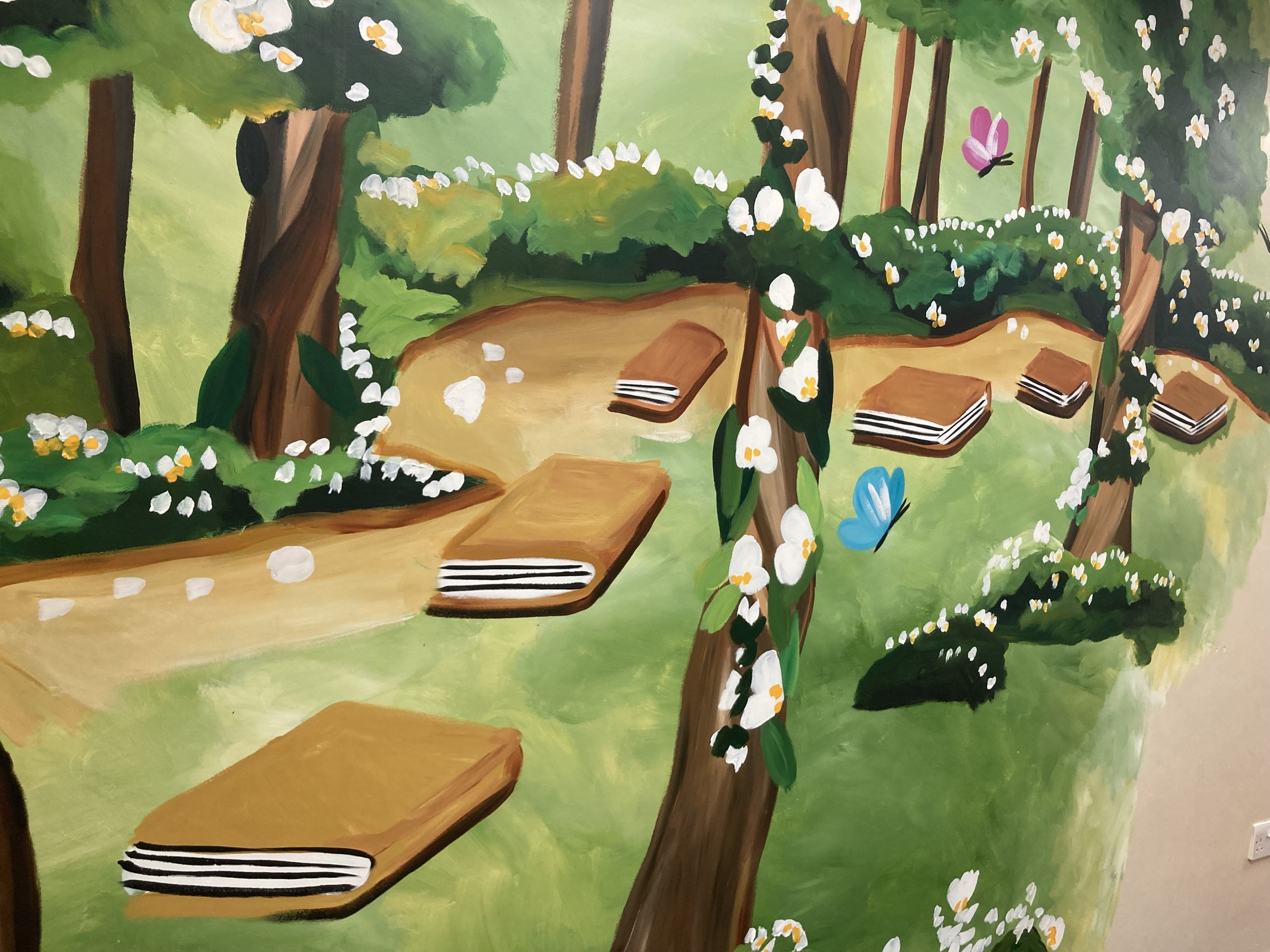
Phonics
At Stoke Heath, we teach early reading through the systematic phonics programme Little Wandle Letters and Sounds Revised. This is a method of breaking down words into their sounds (segmenting) and blending them together to make words. This may be different to how you learned to read.
Phonics involves learning the 44 letter sounds (known as phonemes) and understanding how they are represented in written form by a letter or letters (known as graphemes).
Early Years
In Nursery and Reception, children start to follow the systematic synthetic phonics programme. We use the Little Wandle Letters and Sounds Revised phonics programme. This phonics programme meets all of the expectations of the National Curriculum. It maps out the order in which the individual speech sounds and the graphemes that represent them will be introduced and learned. From Reception, we have daily 30 minute lessons during which the children learn 4 sounds a week and revisit previously learned sounds. Alongside this, children have home-reading books that are suitable for their phonic knowledge.
Key Stage 1
As children move into Key Stage 1, they continue to progress through the Little Wandle Letters and Sounds programme. They are regularly assessed on their phonic knowledge and regrouped accordingly. Whilst children are still working within phase 2, 3, 4 or 5, they will be provided with fully-decodable phonics books. When they are secure at Phase 5 set 5, they will complete a final assessment and fluency check. Children that meet this standard will exit the phonics programme and move onto colour banded books, entering at Turquoise level (Collins Big Cat).
The Phonics screening check
At the end of Year 1, children complete the Government Phonics Screening Check to see if they meet the expected age-related level. The check is designed to give teachers and parents information on how each child is progressing in phonics. If children do not meet the expected level, they will receive additional support to give them every opportunity to master this vital early reading skill. They will have another opportunity to take the Screening Check again at the end of Year 2.
How can you help your child to learn the sounds at home?
For support with the pronunciation of the phonemes taught, please refer to the videos below.
There are lots of resources online that you can use to help your child learn new sounds.You can also use flashcards to help your child learn how to blend sounds to read words.
Key terminology
grapheme - what you see (the letter)
phoneme - what you hear (the sound the letter makes)
digraph - two letters that make one sound (e.g. sh or ee)
trigraph - three letters that make one sound (e.g. igh or ear)
segment - break a word into its sounds
blend - join the sounds together to say the word
tricky words - parts or all of these of these words contain a tricky part e.g. the here the letter ‘E’ is making the /u/ sound.
alien words - (Part of the phonics screening check) these are not real words but they can be sounded out using our phonics sounds.
Reading Practice Sessions
During our ‘Reading Practice’ sessions, children in Reception and Year 1 read fully decodable books with an adult 3 times per week. These sessions each have a different focus: decoding, prosody, and comprehension.
Our reading books in Reception and Year 1 are Little Wandle Letters and Sounds Revised Big Cat books. After the 3 reading practice sessions, these books are sent home for children to build their reading fluency and showcase their developing skills and phonetic knowledge to their parents/carers.


